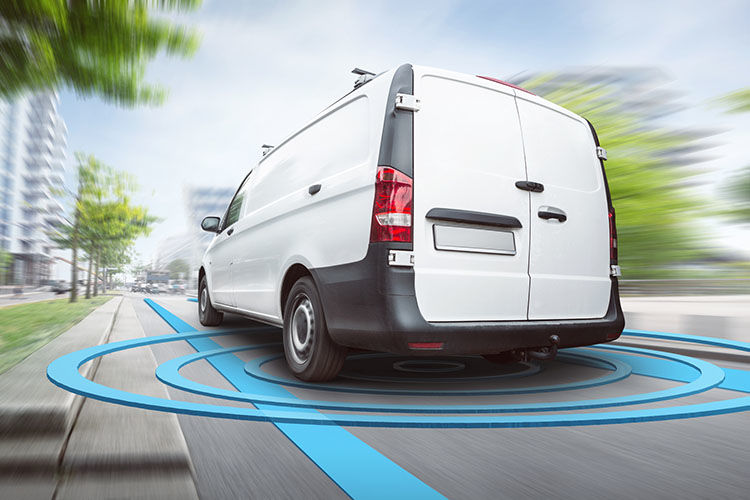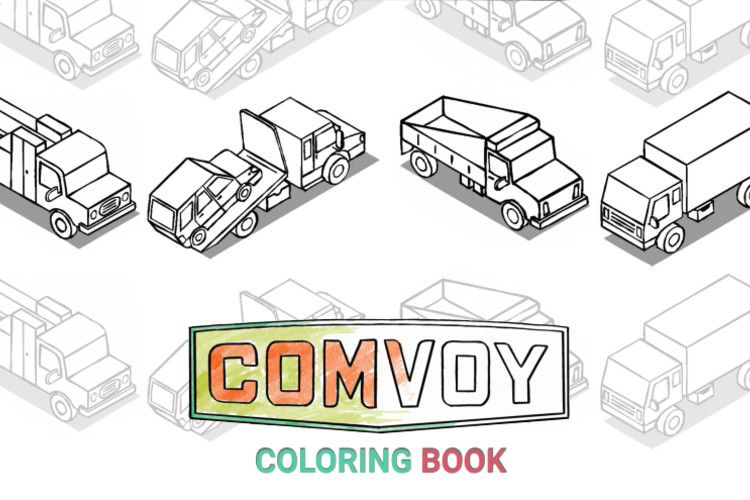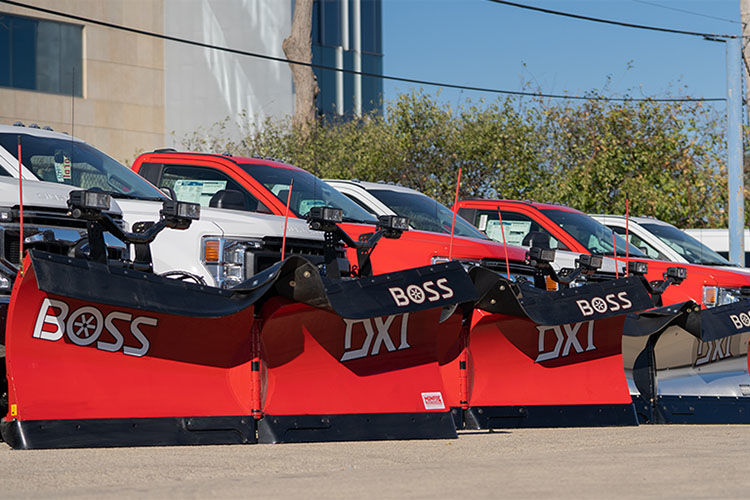A Creamery Owner Shares her Experience with Refrigerated Vans


A Creamery Owner Shares her Experience with Refrigerated Vans
We interview Valerie, owner of Orland Farmstead Creamery, about her refrigerated vans and how they’ve helped with transporting delicious cheeses all over northern California.
- With one van in the shop, their temporary Ford Transit Connect works but created challenges.
- Valerie prefers having the vehicle to have sliding doors on both sides for good access.
- Crates are required until tie-downs can be installed to better safely transport their products.
- In the past, ice chests worked but required a lot more labor.
- A refrigerated van provides comfort with more space and a consistent temperature.
Q: Tell us about your business
A: At Orland Farmstead Creamery we produce fresh cheese.
Q: What type of delivery vehicle do you use for your business?
A: We recently purchased a Ford Transit Connect. It is in the shop so they’ve given us a Ford Transit as a temporary vehicle which is larger than the Transit Connect.
Q: Is it easy to handle deliveries using the Ford Transit?
A: The Ford Transit only has one sliding door on the side, the Ford Transit Connect has sliding doors on both sides plus both of the back doors that open. The downside of the Transit is if something’s way up in the front of the van, you have to crawl in there and get it. With the Transit Connect, I can reach in and get the product out from either of the side doors or the back.
Q: What type of floor does your van have?
Ours has that diamond plate on the bottom which is supposed to prevent slipping. The Transit just has the textured floor.
Q: Do you like the storage in this van?
A: It doesn’t have any tie-downs, it doesn’t have any shelving in it. We’re putting our product in crates because our product is sliding all over the back of the truck as soon as you put on the brakes or accelerate. So, the crates are helping to protect the product, but they’re still sliding all over. When they finish working on our van, they’re supposed to be putting tie-down clips so we can strap the crates up against the wall to try to prevent that from happening.
Q: What delivery vehicles have you used in the past?
A: I had a Toyota 4Runner and it worked well. You know, it’s kind of boxy, you can get coolers in for the most part, you can open the lid, you can get the stuff out. Then when you get at the end of the day, you have to unload all the ice chests, you have to put all the ice blocks back away. You’ve got to dig through your ice chests to figure out what products are in what ice chests. So, you’re standing out in the middle of a road, double-parked, opening coolers trying to figure out which one is this customer’s stuff in.
Q: What are the advantages of having a refrigerated van?
A: We’re not keeping thermometers in the ice chests all the time. So, if it’s 110, and the sun’s beating on the back of your pickup truck with your ice chests in it, you have to keep track of how long the ice going to stay cold, and what the temperature is. But with our refrigerated van, there’s a thermometer in the cab of the truck. So, you’re driving, you can constantly monitor the temperature.
Published on: September 25, 2019 Best Gifts for Truck Drivers and Truck Owners (2025 Guide)
Best Gifts for Truck Drivers and Truck Owners (2025 Guide) What Commercial Fleets Need to Know About ADAS Before Their Next Vehicle Purchase
What Commercial Fleets Need to Know About ADAS Before Their Next Vehicle Purchase Routeway 360 and Comvoy Launch Portal so Independent Distributors Can Find Suitable Work Trucks
Routeway 360 and Comvoy Launch Portal so Independent Distributors Can Find Suitable Work Trucks The Work Truck Coloring Book | Comvoy Learning
The Work Truck Coloring Book | Comvoy Learning Making Your Fleet More Environmentally Friendly
Making Your Fleet More Environmentally Friendly







